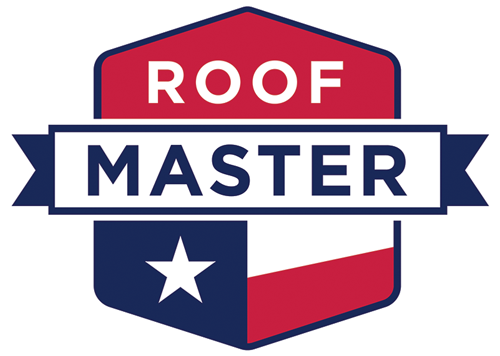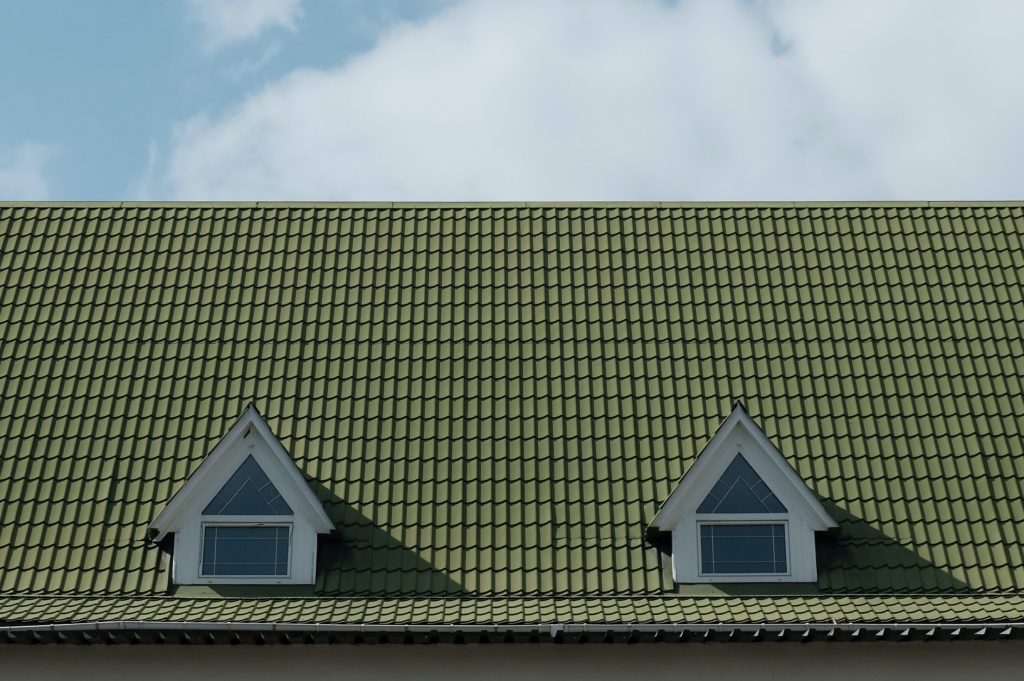It’s time to install a roof on your new house, and perhaps you are wondering, “What roof pitch do I need?” The pitch or slope of a roof matters a lot. It affects the roof’s drainage system, maintenance requirements, and the roofing materials used on the rooftop.
A roof pitch also has a significant impact on the building’s style and structural integrity. Low-slope roof designs have fewer visual effects than steep-pitch sloped roofs visible from the street level. So what pitch should a roof has to be functional?
This guide explores the importance of a roof pitch on your house. You’ll also understand the kind of roof pitch that’s best for your home.
Let’s get started!
What is a Roof Pitch?
The roof pitch is the steepness of a roof and is expressed as the amount of vertical rise over the horizontal run per foot (12 inches). So a roof with a vertical rise of six inches per foot will be referred to as a 6/12 roof. The pitch varies based on the roof’s design.
Conventional sloped roofs have pitches ranging from 4/12 to 9/12 and are common in residential properties. Roofs with pitches that exceed 9/12 are considered steep. Steep roofs tend to be more visible and attractive than flat roofs.
Most commercial properties have low-slope roofs with pitches that range from 2/12 to 4/12 inches. Roofs with an angle below 2/12 are considered flat, although they slope slightly for easy drainage. The minimum slope required for drainage is 1/4″ per foot.
Why is the Roof Pitch Important for Homeowners?
The roof is one of the most critical parts of a roof as it acts as an envelope on your house. That makes it the most vital investment in a home. However, not all roofing systems work best in all applications. You need to find what’s suits your home best.
The most crucial factor that will influence your roof’s efficiency and performance is the pitch or slope. You want a roofing system that can maximize the roof’s effectiveness and protect your family. Such a roof will also require less maintenance and last longer.
The primary purpose of a roof pitch is to redirect water, snow, and ice off the roof during precipitation. A roof pitch helps to ensure that water doesn’t pool on the roof and cause damages. It also allows homeowners to determine the suitable materials for roofs.
The roof pitch can also determine the number of roofing materials needed for roofing construction. Roofing materials are designed to be compatible with your roof’s pitch, making it easy to decide on what’s suitable for your roof.
Another benefit of a roof pitch is that it determines the unique application processes required by a roof during installation. Not to mention, the roof pitch can also influence your roof’s walkability, which plays a significant role in the roof’s maintenance.
Besides influencing the roofing material, the roof pitch can also determine what sort of ventilation your house needs. It can also impact the gutters’ position at the bottom edge of your roof to collect water and carry it away correctly.
Pro Tip: The labour cost to repair or replace the roof will also depend on the roof pitch. Steeper roofs tend to be more costly to repair or replace than flat roofs.
Main Types of Roof Pitches: Pros and Cons
There are two major types of roof pitch to consider when looking for a roof that’s ideal for your house: the high rise and low pitch roofs. To find what suits your home, you need to consider the pros and cons of every type of roof pitch.
That said, let’s look at the detailed pros and cons of the two types of roof pitches.
High Pitch Roofs
High-pitched roofs have steep slopes that are visible from far. For that reason, the roof’s aesthetics will play a significant role. It becomes one of the most vital parts of a home’s visual exterior. That’s why many people tend to make steeply pitched roofs attractive.
Pros of High Pitch Roofs
In a nutshell, here are the advantages of a high pitch roof.
- The roof’s greater height to width ratio allows the water to drain faster and easier. That helps to prevent moisture and tree branches or leaves from collecting and causing damage to your roof. The roofs tend to last longer.
- Despite having lower walkability, high-pitched roofs require less upkeep and maintenance compared to low-pitched roofs. That helps to minimize the slightly higher installation costs of high-pitched roofs.
- Besides being the most aesthetically pleasing roof pitch in residential properties, high-pitched roofs provide more attic space. You can use the space for storage or a second-story loft.
Cons of High Pitch Roofs
Here are the drawbacks of a high-pitched roof.
- High pitch roofs need more shingle roofing materials to cover the entire roof surface. That makes its installation costs more expensive.
- Accessing high pitch roofs during inspection or maintenance can be challenging due to their steeper grades. That can increase the repair or maintenance costs.
- The large attic space provides more space that needs cooling or heating. That makes it quite tricky and sometimes expensive to keep the house comfortable.
Low Pitch Roofs
Low pitch roofs have less steep slopes and are common in commercial buildings. Some homes also have flat rooftops for aesthetic purposes.
Pros of Low Pitch Roofs
Here are the advantages of low-pitched roofs.
- Low pitch roofs are more cost-efficient because they require fewer shingles during installation.
- The roofs have more excellent walkability, making them safer and easier to access during repairs or maintenance.
- The small attic space in low-pitched roofs makes heating and cooling easy, keeping your house comfortable.
Cons of Low Pitch Roofs
Low pitch roofs also have a few disadvantages, which include:
- The low-pitch roof can trap objects falling on them, including tree branches and other debris.
- Poor drainage due to the roof’s gradual low slope can cause leaks and other roof damages.
- Low pitch roofs are not ideal for many roofing materials
Final Words
Choosing the right roof pitch for your home depends on your house style. You need to select a roof pitch that suits your house style and fulfills your needs. To get professional roof installation services, talk to Roof Master. We specialize in new roof installation, re-roofing, roof restoration, gutter installation, and many other roofing services. Contact us now, and we’ll help you determine a roof pitch that matches your home style.



